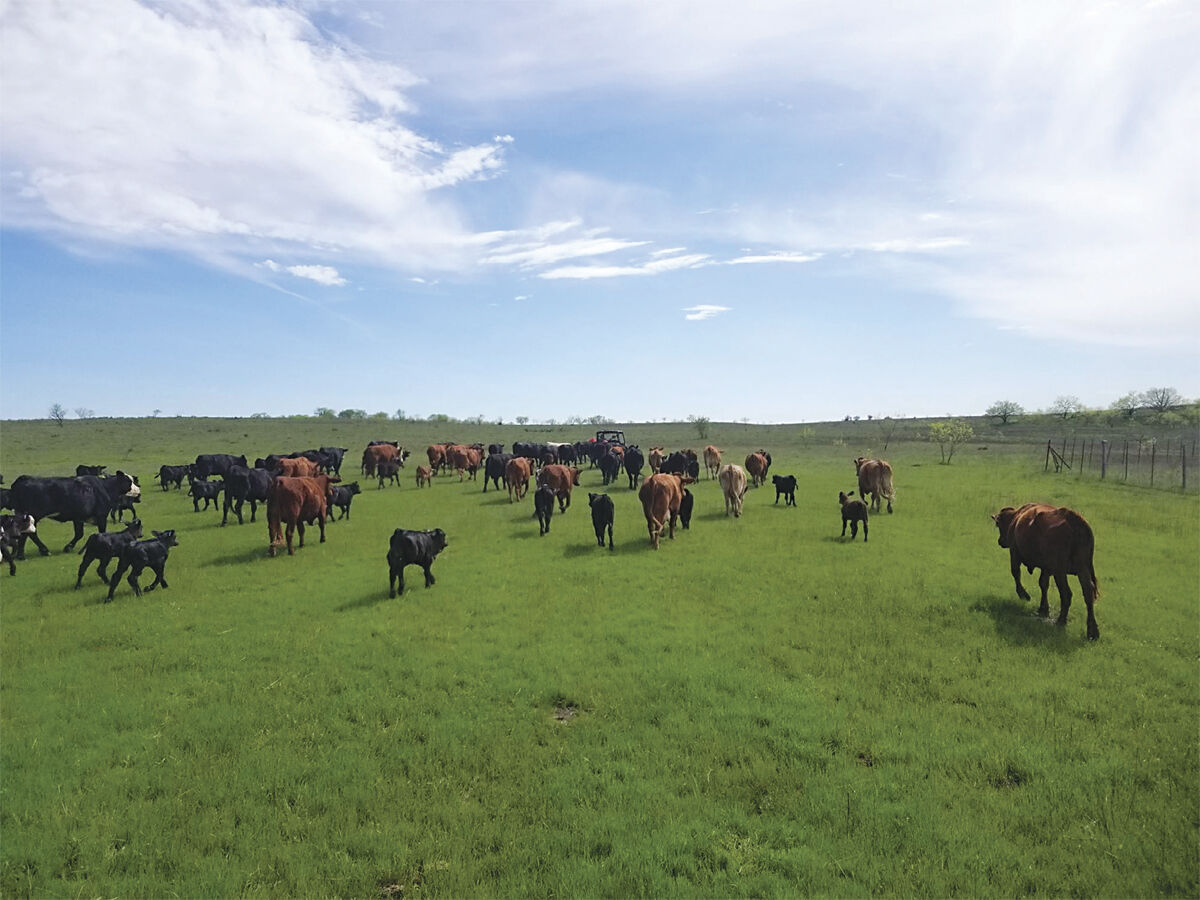The U.S. House Committee on Agriculture, subcommittee on livestock, dairy and poultry recently held a review of animal agriculture stakeholder priorities.
Those testifying included: Todd Wilkinson, president, National Cattlemen’s Beef Association; Scott Hays, president, National Pork Producers Association; John Zimmerman, vice chairman, National Turkey Federation; Bryan Burns, vice president and associate general counsel, North American Meat Institute; Laurie Hubbard, region I director, American Sheep Industry Association; and Kelsey Scott, director of programs, Intertribal Agriculture Council.
Their comments were prefaced by full House Agriculture Committee Chairman GT Thompson, of Pennsylvania, and subcommittee Chairman Tracey Mann, of Kansas, who noted the importance of the livestock sector in preparation of the upcoming farm bill.
Cattle industry recovery is bittersweet
Wilkinson said the state of the cattle industry has greatly improved, with significantly increased prices in a relatively short period of time.
“Just last month, we set a record high spot futures price for live cattle, with the April 2023 contract hitting $175.50 per hundredweight,” he said. “For context, when I last testified on Oct. 7, 2021, spot live cattle closed the day at $125.27.”
While drastically improved pricing for cattle occurred over the last two years, the recovery has been bittersweet for some.
The cattle herd is at about 89.27 million head, the lowest inventory in 61 years.
“Make no mistake, even amid a recovering market, cattle producers still face a myriad of challenges,” Wilkinson said. “I would be remiss if I did not underscore that the entirety of the price improvement we are currently seeing has occurred without the enactment of market-altering legislation.”
Pork industry in a pinch
Hays said the U.S. pork industry serves as a major contributor to both the agricultural and overall economy in this country. In 2021, more than 140 million hogs with a value at $28 billion, supported more than 610,000 jobs—all while supplying consumers with safely and humanely raised nutritional products. The U.S. is also a global supplier of pork, with exports accounting for nearly a quarter of annual pork production and supporting more than 155,000 U.S. jobs.
However, times remain challenging for U.S. pork producers as they lose on average $40 per head for hogs marketed. Most current markets are within ranges typically seen at this point in the marketing year, but Hays said input costs have risen by nearly 50% in the past year.
“This is putting a pinch on the pork industry and will lead to greater consolidation as producers may be forced to exit the industry due to this economic reality,” he said. “This only adds to the uncertainty that exists with the credit market and the presence of African swine fever in the western hemisphere.”
Hays, along with many other pork producers, was very disappointed with California’s Proposition 12 recently.
“The implications of the decision will go far beyond the farm. With higher costs and fewer choices, every American will be impacted by this decision,” he said.
Turkey producers working through HPAI
Zimmerman, a second-generation turkey grower from Minnesota, raises about 100,000 turkeys annually, producing 4 million pounds of turkey meat each year. In 2022 there were more than 216 million turkeys raised in the United States and data suggests turkey meat production will exceed last year’s 5.2 billion pounds.
“As the industry continues to work through challenges and ultimately recover from the current highly pathogenic avian influenza outbreak, we are also working to find more ways to remain competitive and meet consumer demands in a crowded protein field,” he said.
HPAI has dealt the turkey industry a severe blow, history indicates resilience and Zimmerman sees growth in the near future. But disease isn’t the only challenge they face.
“We need common-sense policies from our leaders in Washington that protect food safety, animal welfare and the environment without undermining our ability to produce safe, wholesome and nutritious products affordable to Americans of all income levels,” he said.
Meat processors face a volatile industry
The North American Meat Institute is the nation’s largest and oldest trade association representing packers and processors of beef, pork, lamb, veal, poultry, and processed meat products. Burns said the most recent data from the U.S. Census Bureau reported that it is a $266.99 billion industry employing 526,849 people directly.
“Meat packers and processors compete, sometimes struggle, and mostly thrive in a volatile industry,” he said.
Burns is concerned about the challenges facing the pork and hog sectors with the uncertainty surrounding California’s Prop 12 and what it means for the industry.
“The Prop 12 decision will embolden anti-animal agriculture groups to pursue ballot measures in other states and localities,” Burns said. “The decision opens the door to chaos in interstate commerce through state-by-state trade barriers, not just for meat and poultry products, but for any agricultural or manufactured products not meeting standards set by another state. No industry can operate when facing 50 different standards.”
American lamb industry seeks non-traditional markets
American lamb and those in the wool industry are facing similar challenges as other sectors, but Hubbard said price inflation, labor challenges, lamb imports, and wool businesses are the most concerning.
Hubbard said non-traditional or ethnic markets—those who want smaller carcasses—have grown and cultural preferences are creating new opportunities.
“The pandemic led to the loss of a major lamb processor in 2020, yet smaller processors are emerging and being embraced by a society seeking a more local supply structure,” she said. The wool industry felt the effects of the pandemic as international markets were closed to U.S.-produced wool that usually sees exports of 67%.
Intertribal council looks to stewardship
Home for Scott is on the Cheyenne River Sioux Indian Reservation, located in the Northern Great Plains of South Dakota. the vast landscape is now home to 5.3% of the United States’ beef cow inventory—the fifth highest in the country.
“Our family operation allows us the privilege to engage with local consumers amidst a USDA-defined ‘food desert,’” Scott said. “Our unofficial ranch motto is “to be good stewards of the land and our community.”
She’s a fourth-generation rancher on lands that include her great-grandfather’s original allotment on the Cheyenne River Sioux Reservation. For her, land stewardship and animal husbandry have been ingrained since birth.
Scott worries for the family operations who are the last to receive any sort of relief when events like the pandemic occur.
“If members of Congress want to meaningfully and adequately represent constituents who have family operations in their districts, all while addressing the consolidation and homogenization of our food system, then I would encourage Congress to prioritize the design of a solutions toolbox tailored also to the needs of smaller family operations,” Scott said.
Kylene Scott can be reached at 620-227-1804 or [email protected].




